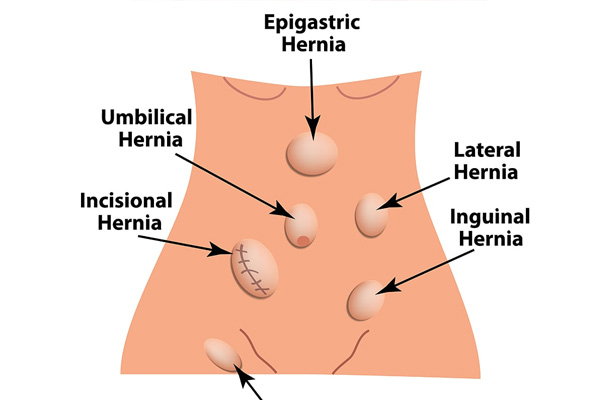Incisional Hernia Repair
An incisional hernia is an iatrogenic surgical condition that comes about after an incomplete healing of a surgical wound or a weakened abdominal wall where the surgical incision had been made. It is mainly seen in postoperative patients who have had a surgery of the abdomen, especially of the peritoneum. It usually comes along with an infection.
